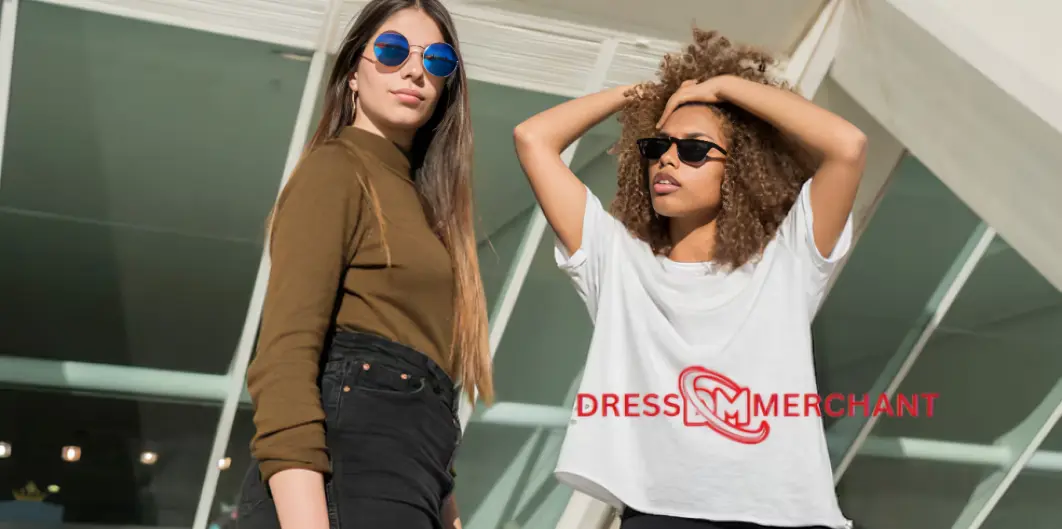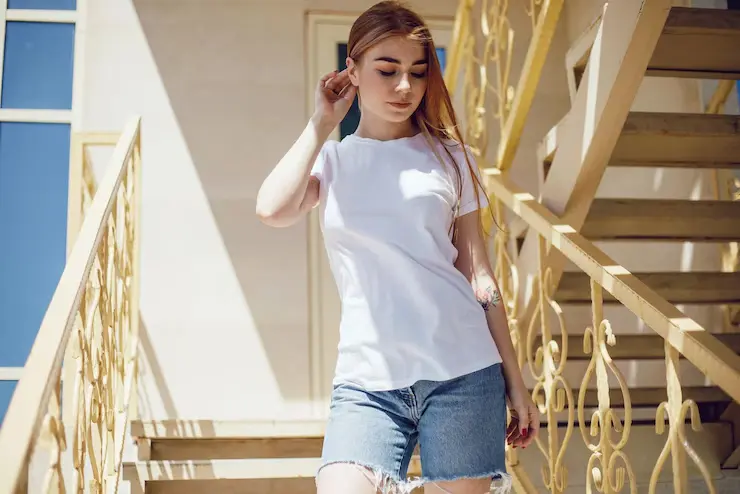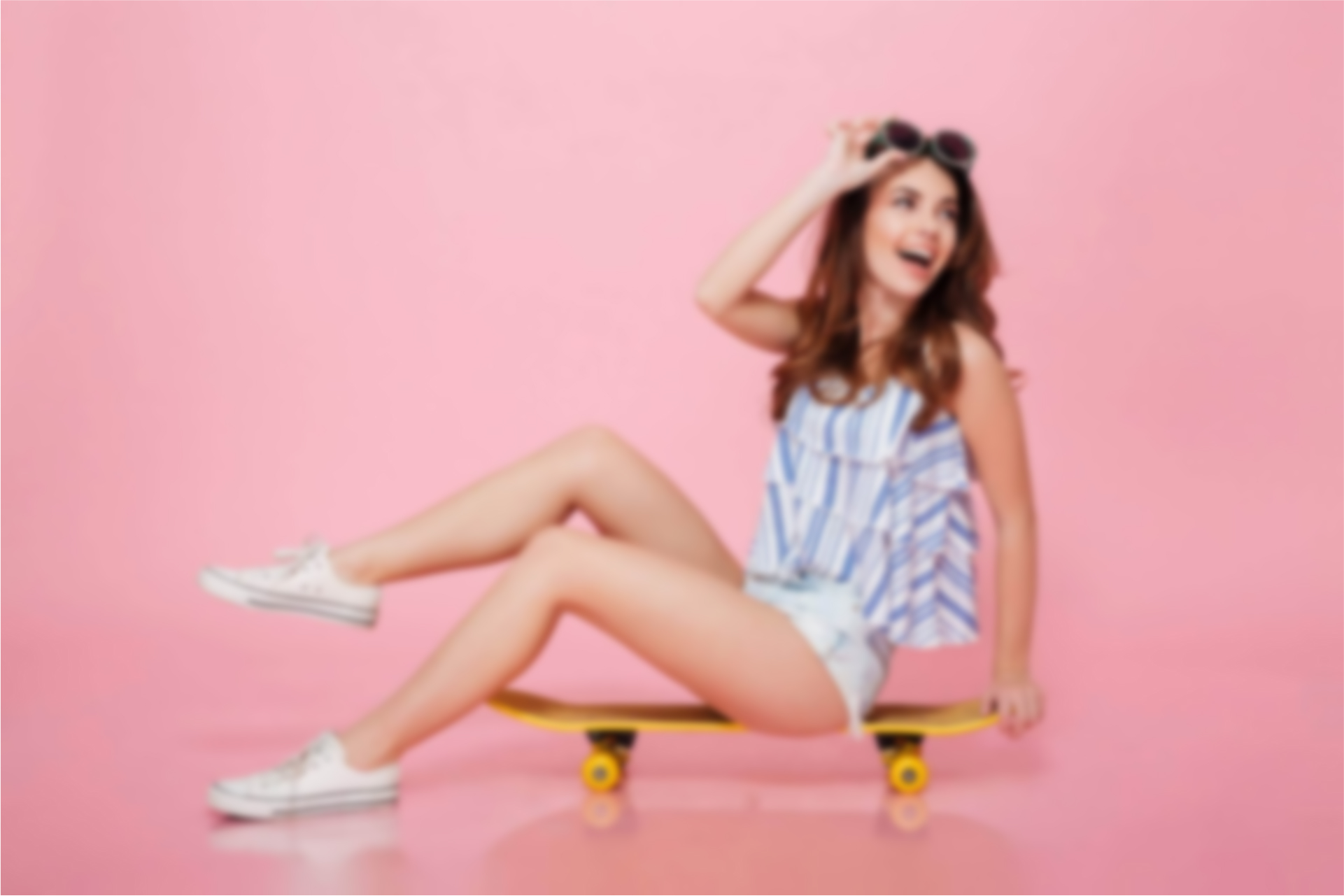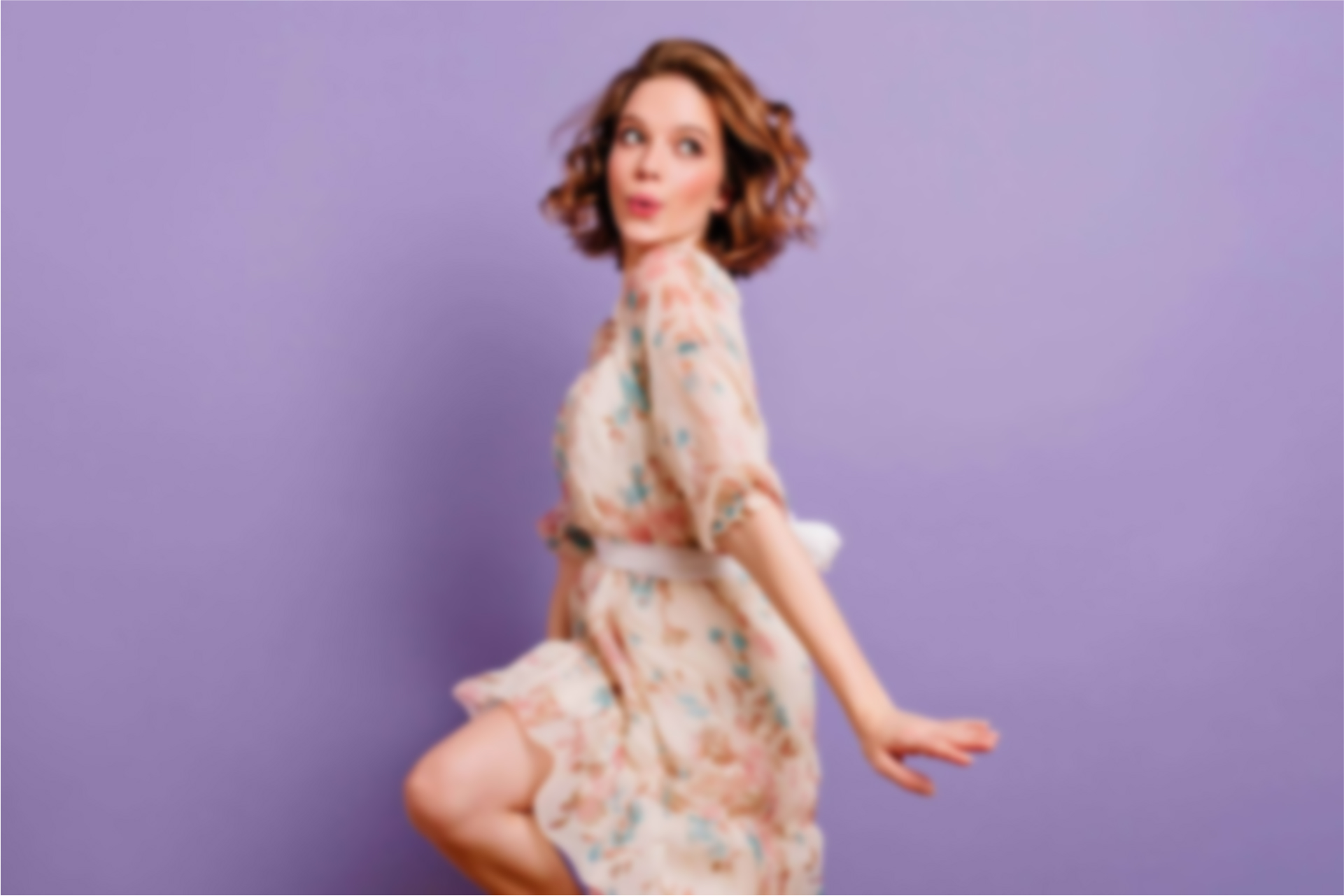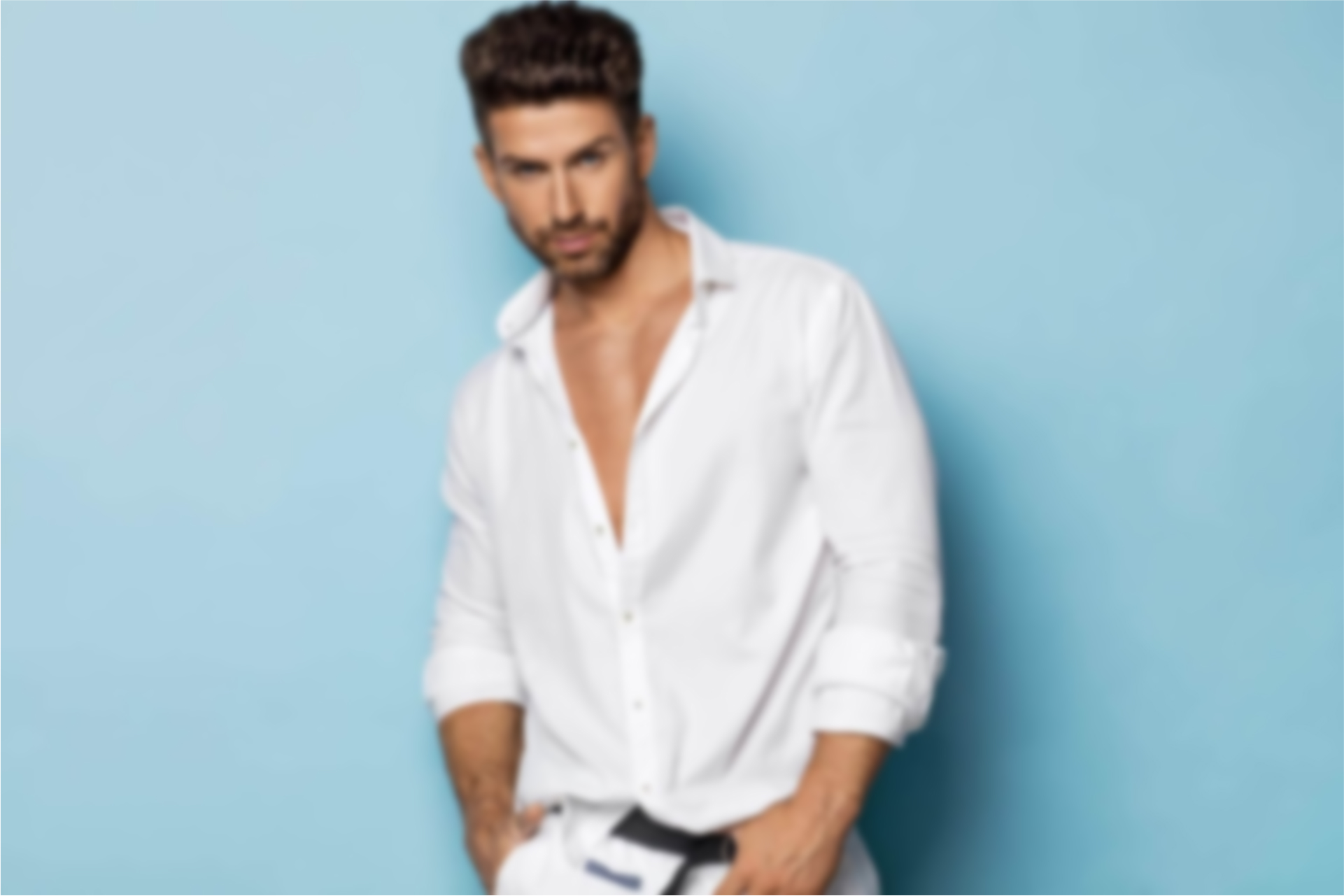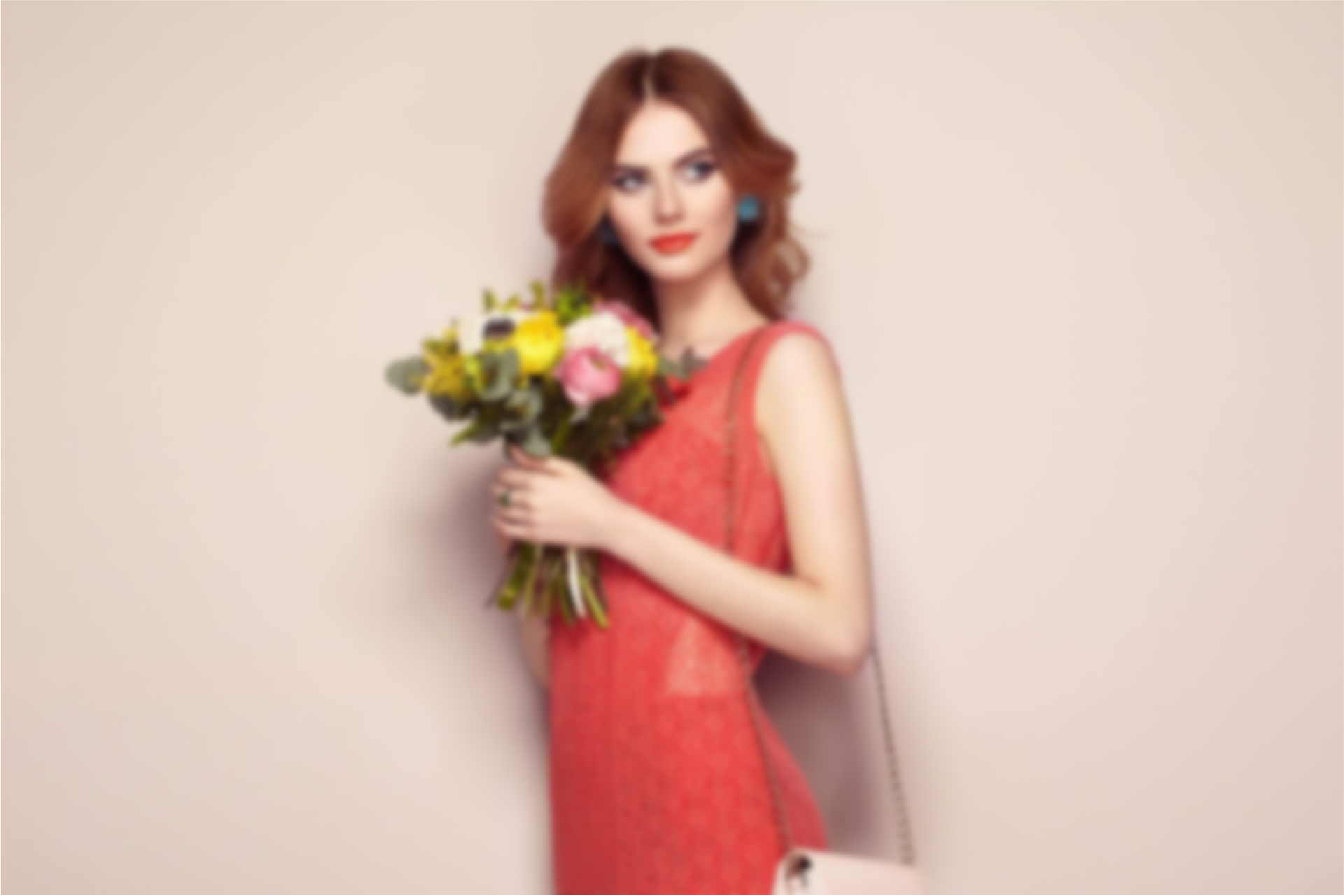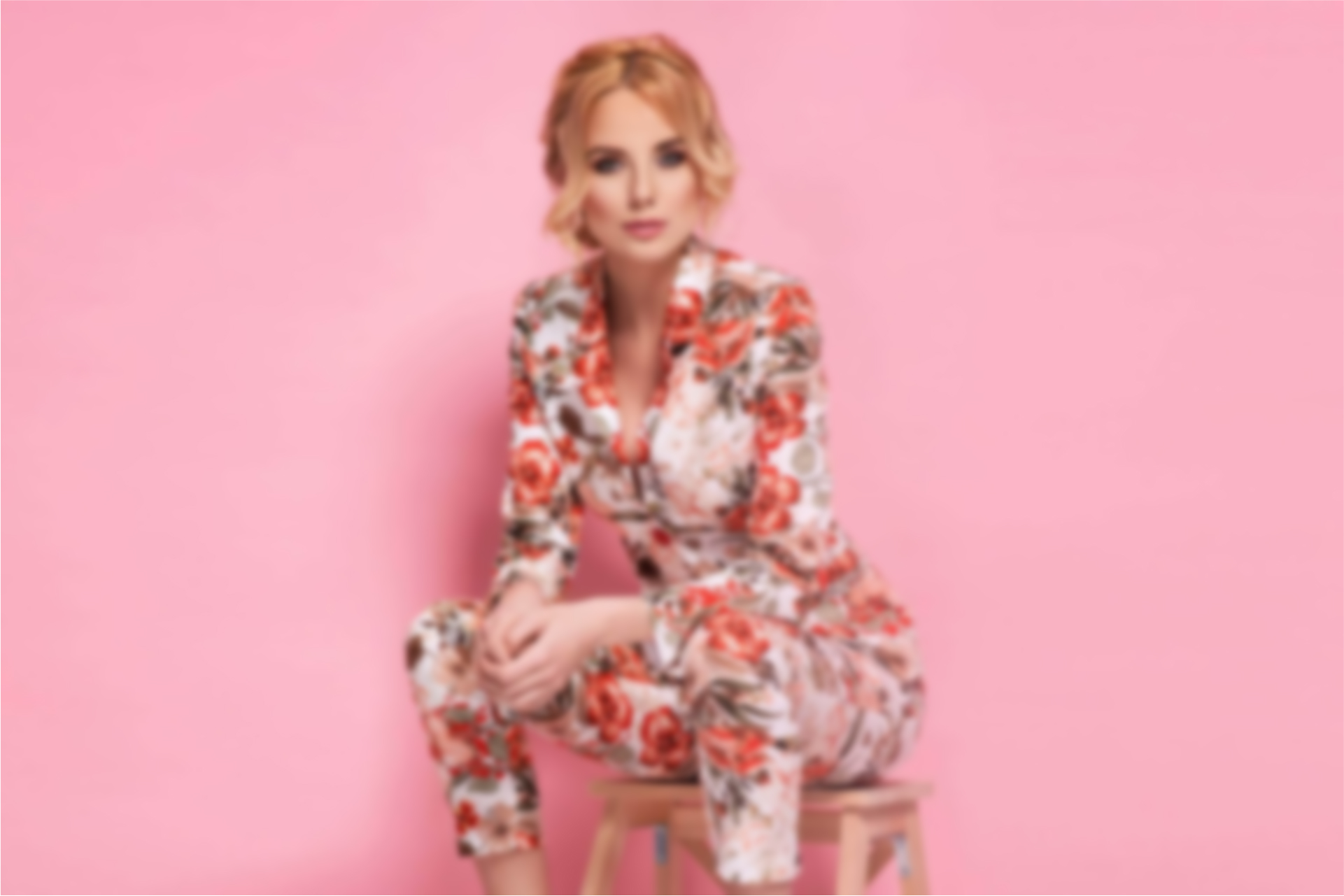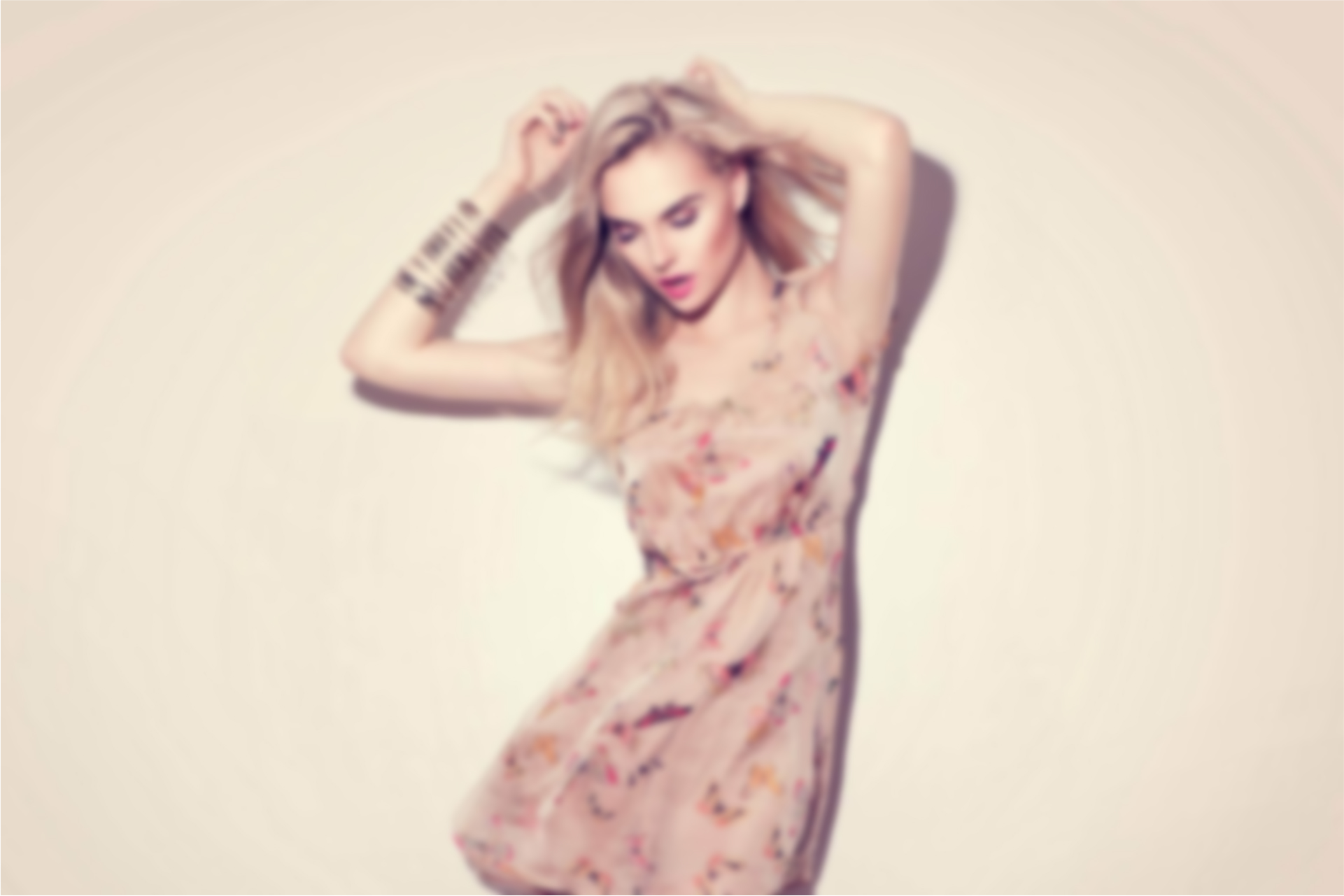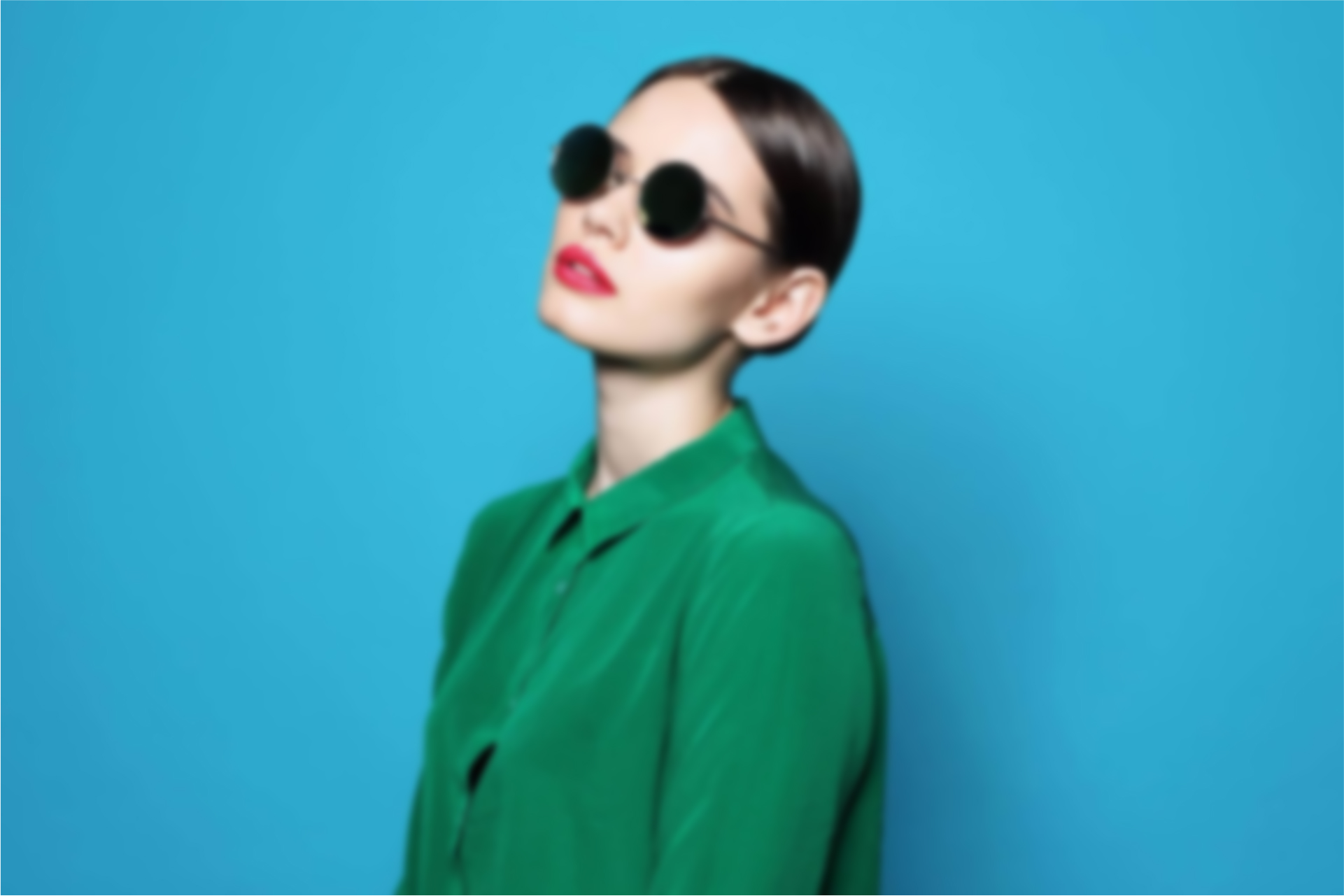Discover Soft Knitwear Styles For Ladies with Dress Merchant, your trusted sourcing agent for premium apparel and garments. As a leading apparel/garments buying agent company, we connect global buyers with top manufacturers and exporters. Explore cozy, stylish, and high-quality knitwear selections crafted to meet international fashion standards. Partner with Dress Merchant for expert sourcing, trend-driven collections, and seamless supply chain solutions.
Thank you for reading this post, don't forget to subscribe!1. The Enduring Appeal of Soft Knitwear for Ladies
Soft knitwear holds a unique and cherished place in a woman’s wardrobe, transcending fleeting trends to offer a timeless blend of comfort, style, and versatility. Its enduring appeal lies in its inherent ability to provide warmth without bulk, drape beautifully on the figure, and adapt seamlessly to a myriad of occasions, from casual loungewear to sophisticated office attire.
The tactile pleasure of soft fibers against the skin is unparalleled, creating a sense of coziness and well-being that is particularly sought after in cooler climates or during moments of relaxation. Beyond mere practicality, soft knitwear also serves as a canvas for self-expression, with an array of textures, patterns, and silhouettes allowing for endless sartorial exploration.
This fundamental connection between comfort and elegance ensures knitwear’s continued dominance in fashion, proving it to be far more than just a seasonal necessity but a year-round staple for the discerning woman. The ease of care and the durability of quality pieces further contribute to its lasting popularity, making it a wise investment for any wardrobe.
1.1 The Science of Softness: Unveiling Premium Fibers
The luxurious feel of soft knitwear is not accidental; it’s the result of carefully selected and expertly processed fibers. From the ethereal lightness of cashmere to the resilient warmth of merino wool, each natural fiber brings its unique properties to the fabric. Cashmere, sourced from the undercoat of cashmere goats, is renowned for its exceptional softness, warmth-to-weight ratio, and delicate drape.
Merino wool, on the other hand, comes from merino sheep and is prized for its fine, non-itchy fibers that offer excellent temperature regulation and moisture-wicking properties. Beyond these well-known options, there’s alpaca, known for its hypoallergenic qualities and incredible warmth, and various silk blends that add a lustrous sheen and smooth hand-feel.
Understanding the origin and characteristics of these premium fibers empowers consumers to make informed choices, ensuring their knitwear investments deliver both comfort and longevity. The way these fibers are spun and knit also plays a crucial role, influencing the final texture, elasticity, and overall comfort of the garment.
1.2 A Historical Thread: Knitwear Through the Ages
Knitwear’s journey through history is as rich and intricate as its stitches. From humble beginnings as practical garments for fishermen and sailors, knitting evolved into a sophisticated craft embraced by royalty and fashion elites. Early forms of knitting, dating back thousands of years, were primarily functional, providing essential warmth and protection.
However, by the Middle Ages, knitting began to emerge as an art form, with intricate patterns and designs adorning garments. The Industrial Revolution brought about knitting machines, democratizing the production of knitwear and making it more accessible to the masses. The 20th century witnessed knitwear’s ascent to high fashion, with designers experimenting with new yarns, stitches, and silhouettes.
Icons like Coco Chanel revolutionized knitwear, transforming it from a mere utility into a symbol of modern elegance. Today, knitwear continues to evolve, blending traditional techniques with innovative technologies to create garments that are both timeless and contemporary, reflecting a continuous dialogue between heritage and innovation.
1.3 The Art of Drape: How Knitwear Flatters the Figure
One of the most remarkable qualities of soft knitwear is its ability to beautifully drape and conform to the body, enhancing the wearer’s silhouette without clinging uncomfortably. This characteristic is largely due to the inherent elasticity of knitted fabrics, which allows them to stretch and recover, adapting to individual body shapes. Unlike woven fabrics that have a fixed structure, knitted garments offer a fluid movement that complements the body’s natural contours.
The weight and type of yarn also play a significant role in determining the drape. Finer gauge knits made from lightweight fibers like cashmere or silk blends will cascade softly, creating an elegant and ethereal effect. Heavier gauge knits, on the other hand, offer more structure and a relaxed, cozy feel. The specific stitch patterns also influence how the fabric hangs; for example, a rib knit offers a closer fit, while a garter stitch provides more body and texture.
Understanding these nuances allows designers to create knitwear that not only feels luxurious but also flatters a diverse range of figures, emphasizing comfort and confidence.
2. Navigating the Knitwear Landscape: Styles and Silhouettes
The world of soft knitwear for ladies is incredibly diverse, offering a vast array of styles and silhouettes to suit every preference, body type, and occasion. From the classic elegance of a crewneck sweater to the relaxed sophistication of an oversized cardigan, each design brings its unique charm and versatility. Understanding the various cuts and shapes is key to building a functional and fashionable knitwear collection. The beauty lies in the ability to mix and match different styles to create unique looks, whether you’re aiming for a polished professional ensemble, a comfortable weekend outfit, or a chic evening statement. The choice of silhouette significantly impacts the overall impression, influencing how the garment interacts with other pieces in your wardrobe and how it flatters your figure. This extensive range ensures that there is a perfect knitwear piece for every woman, regardless of her personal style or the demands of her daily life.
2.1 Cardigans: The Versatile Layering Essential
The cardigan stands as an undisputed champion of versatility in the knitwear world. Its open-front design makes it an ideal layering piece, effortlessly transitioning from a lightweight cover-up in warmer months to a substantial outer layer in cooler weather. Cardigans come in an astonishing variety of lengths, from cropped styles that pair perfectly with high-waisted skirts and trousers, to hip-length options that offer a classic and universally flattering fit, and even longline or duster styles that add an element of dramatic flair and elongated silhouette. The choice of closure, whether buttons, a tie-front, or simply an open drape, further expands their adaptability. Beyond practicality, cardigans also offer immense stylistic possibilities. A chunky knit cardigan can exude a cozy, casual vibe, while a fine-gauge cashmere cardigan can elevate a simple dress or blouse into a sophisticated ensemble. Their ability to add warmth, texture, and a touch of effortless chic makes them an indispensable item in any woman’s wardrobe, providing both comfort and style in equal measure.
2.2 Pullover Perfection: From Crewnecks to Turtlenecks
Pullover sweaters, a quintessential knitwear staple, offer a spectrum of necklines and fits, each imparting a distinct aesthetic. The classic crewneck provides a timeless and universally flattering option, easily dressed up or down. Its rounded neckline works well with collared shirts underneath or as a standalone piece. V-neck sweaters, with their elongating effect, are perfect for showcasing delicate necklaces or adding a touch of femininity.
They can also be worn over a camisole or a collared shirt for a layered look. The turtleneck, a symbol of sophisticated warmth, not only provides excellent insulation but also creates a sleek and elegant silhouette. It can be a statement piece on its own or serve as a foundational layer under blazers and jackets. Other popular variations include boat neck sweaters, offering a wider, horizontal neckline that subtly highlights the collarbones, and cowl neck sweaters, which feature a draped, relaxed neckline for a softer, more voluminous look.
The choice of pullover style often dictates the overall tone of an outfit, ranging from casual comfort to refined elegance, making them fundamental building blocks for diverse wardrobes.
2.3 Dress It Up, Dress It Down: Knit Dresses and Skirts
Knitwear extends beyond traditional sweaters and cardigans to encompass a stunning array of dresses and skirts, offering comfort without sacrificing style. Knit dresses, ranging from sleek bodycon designs to relaxed midi and maxi styles, effortlessly combine the ease of knit fabric with the elegance of a dress. They are incredibly versatile, capable of being dressed down with sneakers for a casual daytime look or elevated with heels and statement jewelry for an evening affair.
The stretch and drape of knit fabrics ensure a comfortable and flattering fit for various body types. Similarly, knit skirts offer both comfort and chic appeal. Pencil skirts in fine-gauge knits provide a sophisticated and professional look, while A-line or pleated knit skirts offer a more relaxed yet stylish option.
The texture of the knit adds depth and interest to these garments, making them stand out from their woven counterparts. From ribbed knit dresses that hug the figure to flowing maxi skirts that create a relaxed bohemian vibe, knit dresses and skirts provide a refreshing alternative for women seeking comfortable yet fashionable attire.
2.4 Beyond the Basics: Ponchos, Wraps, and Shawls
Venturing beyond the traditional sweater, knit ponchos, wraps, and shawls offer an alternative dimension to soft knitwear, providing effortless style and added warmth. Ponchos, with their unique, often rectangular or circular cut, drape over the body, providing a chic and relaxed silhouette. They are excellent for layering, easily slipping over a top or a light jacket, and can instantly elevate a simple outfit.
Their loose fit makes them comfortable and forgiving, suitable for a variety of body shapes. Wraps are essentially large, versatile pieces of knitted fabric that can be styled in numerous ways – draped over the shoulders, belted at the waist, or even worn as a makeshift scarf. They offer a sense of effortless elegance and are perfect for adding a touch of warmth and sophistication to any ensemble.
Shawls, often more intricately designed than simple wraps, can be a true statement piece. Whether adorned with delicate lace patterns or bold cable knits, they serve as both a functional layer and a beautiful accessory. These items provide a flexible and fashionable way to incorporate soft knitwear into your wardrobe, offering comfort and style with an emphasis on effortless draping and versatile layering.
3. The Palette of Softness: Colors and Textures in Knitwear
The visual and tactile experience of soft knitwear is profoundly influenced by its colors and textures. Beyond the shape and fit, the specific hue and the feel of the fabric against the skin contribute significantly to the garment’s overall appeal and how it integrates into a personal style. The vast array of color options allows for individual expression, ranging from timeless neutrals to vibrant statement shades, while the diverse textures add depth, dimension, and a unique character to each piece.
Understanding how colors and textures interact is crucial for creating harmonious and visually interesting outfits. The interplay between these elements elevates knitwear from a mere clothing item to a work of art, allowing for endless creative combinations and personal stylistic statements.
3.1 Classic Neutrals: The Foundation of Any Wardrobe
Classic neutral colors form the backbone of any versatile knitwear collection. Shades like cream, beige, charcoal, navy, and black offer unparalleled flexibility, effortlessly complementing a wide range of other colors and patterns. These timeless hues exude sophistication and understated elegance, making them ideal for building a capsule wardrobe where pieces can be easily mixed and matched.
A soft knit sweater in a rich camel tone, for example, can be dressed up with tailored trousers for a professional look or paired with jeans for a casual weekend outing. Black and navy knits provide a sleek and polished appearance, perfect for office wear or evening events.
The beauty of neutrals lies in their ability to provide a calm and refined backdrop, allowing accessories or bolder colored pieces to stand out, or simply creating a minimalist, chic aesthetic. Investing in high-quality knitwear in these foundational colors ensures longevity and timeless appeal, forming a reliable core for any fashion-conscious individual.
3.2 Seasonal Shades: Embracing the Spirit of Each Season
While neutrals are year-round staples, seasonal shades inject vibrancy and freshness into a knitwear collection, reflecting the changing moods and trends of the year. During autumn and winter, rich, earthy tones like deep burgundy, forest green, burnt orange, and warm browns become prominent, evoking a sense of coziness and nature’s bounty. Jewel tones such as emerald, sapphire, and amethyst also find their place, adding a luxurious touch to cold-weather ensembles.
As spring approaches, the palette shifts to softer pastels like blush pink, sky blue, mint green, and lavender, mirroring the blooming flowers and lighter atmosphere. These gentle hues offer a refreshing contrast to the darker winter tones. Summer often brings brighter, more vivid colors, even in lighter weight knits, such as coral, turquoise, and sunny yellow, capturing the joyous and energetic spirit of the season.
Embracing seasonal colors allows for a dynamic and evolving wardrobe that feels current and attuned to the natural world, ensuring knitwear remains relevant and exciting throughout the year.
3.3 Tactile Delights: Exploring Knit Textures
The texture of a knitwear piece is just as important as its color and cut, adding significant visual interest and tactile pleasure. Cable knits, with their raised, intertwining patterns, are perhaps the most iconic and beloved texture, adding volume and a classic, cozy feel. They evoke a sense of heritage and craftsmanship. Rib knits, characterized by their vertical raised lines, offer excellent elasticity and a flattering, form-fitting quality.
They are often used for cuffs, hems, and necklines, but can also form the basis of an entire garment, providing a subtle yet distinct texture. Garter stitch, one of the simplest knitting patterns, creates a bumpy, ridged surface that gives a casual, comforting look. Seed stitch (or moss stitch) results in a subtle, nubby texture resembling small seeds, adding a refined tactile quality without being overly bold.
Beyond these common stitches, there are intricate lace knits for a delicate, airy feel, and bouclé knits that feature looped yarns, creating a soft, uneven, and often fluffy surface. The interplay of light and shadow on these different textures enhances the visual appeal of the garment, making knitwear a feast for both the eyes and the hands.
4. Crafting the Perfect Ensemble: Styling Soft Knitwear
Styling soft knitwear is an art form that blends comfort with chic sophistication. The versatility of knitwear allows for an endless array of outfits, transitioning effortlessly from casual daytime looks to elegant evening attire. The key lies in understanding how to balance proportions, play with layers, and accessorize effectively to create cohesive and fashionable ensembles.
Expert styling transforms a simple knit into a statement piece, showcasing its inherent charm and enhancing the wearer’s personal style. This section delves into the nuances of integrating soft knitwear into various aspects of a woman’s wardrobe, ensuring both comfort and sartorial excellence.
4.1 Effortless Everyday Looks with Knitwear
Soft knitwear is the cornerstone of effortless everyday style, offering comfort without compromising on polish. For a quintessential casual look, pair an oversized, chunky knit sweater with your favorite skinny jeans or leggings. This creates a balanced silhouette, with the volume of the sweater contrasting with the slimness of the lower half. Adding ankle boots or stylish sneakers completes this relaxed yet chic ensemble.
Another go-to option is a fine-gauge knit tucked into a pair of high-waisted trousers or a midi skirt for a more put-together yet comfortable outfit suitable for running errands or casual outings. A simple crewneck sweater layered over a crisp button-down shirt with the collar peeking out offers a touch of smart casual sophistication.
For cooler days, a longline cardigan draped over a basic tee and denim provides an instant boost of warmth and style. The beauty of knitwear in everyday styling is its inherent ability to make you feel both cozy and fashionable with minimal effort.
4.2 Elevating Knitwear for Office and Professional Settings
Soft knitwear can be seamlessly integrated into professional wardrobes, offering a comfortable yet polished alternative to traditional tailored pieces. The key is to opt for fine-gauge knits in classic colors like navy, charcoal, black, or subtle jewel tones. A cashmere or merino wool sweater in a V-neck or crewneck style can be worn over a blouse or collared shirt and paired with tailored trousers or a pencil skirt.
This creates a sophisticated and warm office-appropriate look. A well-fitting knit cardigan, especially one with a refined silhouette, can replace a blazer for a slightly more relaxed yet still professional appearance. For a modern office aesthetic, consider a knit dress in a structured yet soft fabric, paired with heels and minimalist jewelry. Layering a sleek knit under a blazer adds an extra layer of warmth and texture while maintaining a sharp professional image. The versatility of knitwear allows for a comfortable work environment without sacrificing an ounce of professional credibility.
4.3 Dressing Up: Knitwear for Evening and Special Occasions
Soft knitwear can be surprisingly elegant and appropriate for evening events and special occasions, moving beyond its casual perception. The secret lies in choosing luxurious fibers, sophisticated designs, and pairing them with dressier elements.
A cashmere sweater in a rich, deep hue or with delicate embellishments can be paired with a silk maxi skirt or tailored wide-leg trousers for a chic and comfortable evening look. A fitted knit dress in a fine gauge, perhaps with a subtle shimmer or interesting cut-outs, can be transformed into evening wear with the right accessories. Think statement jewelry, elegant heels, and a stylish clutch. A luxurious wrap or shawl in a premium knit, draped over a cocktail dress or evening gown, provides both warmth and a touch of effortless glamour.
Even a simple, well-fitting knit top can be elevated for evening by pairing it with a sequined skirt or velvet trousers. The key is to focus on quality, rich textures, and thoughtful accessorizing to elevate soft knitwear from day to night with sophisticated flair.
5. The Art of Accessorizing: Enhancing Knitwear with Flair
Accessories are the secret weapon for transforming soft knitwear from a comfortable basic into a fashion statement. They provide an opportunity to inject personality, add visual interest, and elevate an outfit to new heights. From statement jewelry to practical yet stylish scarves, the right accessories can completely change the tone and feel of a knitwear ensemble, making it suitable for various occasions and reflecting individual style.
Mastering the art of accessorizing means understanding how different elements can complement, contrast, and enhance the inherent beauty of soft knits, adding layers of sophistication and personal touch.
5.1 Necklaces and Scarves: Drawing Attention Upwards
Necklaces and scarves are powerful tools for accessorizing knitwear, strategically drawing attention towards the face and upper body. For crewneck or turtleneck sweaters, a long, layered necklace can create a vertical line, elongating the silhouette and adding a focal point. Chunky statement necklaces can also work well, providing a bold contrast to the softness of the knit. With V-neck sweaters, delicate pendant necklaces or shorter chains can highlight the décolletage without overwhelming the neckline.
Scarves, on the other hand, offer endless versatility. A lightweight silk scarf can be tied artfully around the neck of a fine-gauge knit, adding a pop of color and sophistication. For chunkier knits, a voluminous wool or cashmere scarf provides extra warmth and a cozy, stylish element. Scarves can be draped, knotted, or simply allowed to hang freely, each method creating a different visual effect and adding texture and pattern to a monochrome knit. They are not just functional; they are an expressive accessory that can instantly elevate the perceived value and style of a simple sweater.
5.2 Belts and Brooches: Defining Shape and Adding Sparkle
Belts and brooches are often overlooked yet highly effective accessories for enhancing knitwear, allowing for shape definition and a touch of personalized embellishment. A belt can transform an otherwise shapeless oversized knit, cinching it at the waist to create an hourglass silhouette and adding a touch of polish. Thin belts work well with fine-gauge knits, while wider, more substantial belts can complement chunky sweaters or knit dresses. Experimenting with different belt materials, from leather to woven styles, can also add interesting texture contrasts.
Brooches, once considered old-fashioned, are making a significant comeback as a chic way to add sparkle and personality to knitwear. Pin a decorative brooch to the lapel of a cardigan, near the shoulder of a sweater, or even at the neckline to draw the eye. A collection of smaller brooches can be clustered together for a unique statement. Brooches can also be used to gather and secure a loose wrap or shawl, adding both functionality and decorative appeal. They offer a subtle yet impactful way to elevate a simple knit, reflecting individual taste and adding a touch of vintage charm or modern flair.
5.3 Bags and Footwear: Completing the Knitwear Story
Bags and footwear are crucial elements that complete any knitwear ensemble, anchoring the look and defining its overall aesthetic. The choice of bag and shoes should align with the desired style and occasion. For casual knitwear outfits, such as an oversized sweater with jeans, sneakers or ankle boots provide a relaxed and comfortable finish. A crossbody bag or a tote bag complements this laid-back vibe.
When styling knitwear for office or more polished looks, classic pumps, loafers, or sleek knee-high boots elevate the outfit. A structured handbag or a sophisticated shoulder bag adds to the professional appeal. For evening wear featuring knit dresses or luxurious wraps, elegant heels, delicate sandals, or embellished flats are appropriate. A clutch bag or a small, decorative evening bag completes the sophisticated transition. The textures and materials of the bag and footwear can also play off the knitwear, for example, leather or suede providing a pleasing contrast to soft wool or cashmere, creating a harmonious and well-thought-out final impression.
6. Caring for Your Soft Knits: Longevity and Luster
Proper care is paramount to maintaining the luxurious softness, shape, and longevity of your beloved knitwear. Unlike many other garments, knits require a gentle touch and specific handling to prevent shrinking, stretching, pilling, and damage to their delicate fibers. Investing time in understanding and implementing correct care routines ensures that your knitwear retains its quality, comfort, and aesthetic appeal for years to come. Neglecting these steps can significantly shorten the lifespan of even the highest quality pieces, making informed care an essential aspect of knitwear ownership.
6.1 Decoding Care Labels: Your Guide to Knitwear Longevity
The care label attached to your knitwear is the most authoritative guide to its proper maintenance. These small tags contain crucial symbols and instructions that, when deciphered, prevent common washing and drying mishaps. Familiarize yourself with symbols for washing temperature (e.g., cold water, warm water), bleaching (do not bleach), drying methods (tumble dry low, lay flat to dry), ironing temperature (low heat), and dry cleaning (dry clean only).
Natural fibers like cashmere and merino wool often require hand washing or professional dry cleaning, while synthetic blends might be machine washable on a delicate cycle. Ignoring these instructions can lead to irreversible damage, such as shrinking a beloved sweater or causing it to lose its shape. Always take a moment to check the care label before attempting any cleaning method, as it holds the key to preserving the beauty and integrity of your soft knits.
6.2 Washing Wisdom: Hand vs. Machine vs. Dry Cleaning
Choosing the correct washing method is critical for knitwear preservation. For most delicate and natural fibers like cashmere, silk, and fine merino wool, hand washing is often the safest and most recommended method. Use lukewarm water and a gentle wool-friendly detergent. Gently squeeze the water through the garment without twisting or stretching. Rinse thoroughly until the water runs clear.
Some machine-washable knits (often blends or treated wools) can be washed in a front-loading washing machine on a “delicate” or “wool” cycle with cold water and a mesh laundry bag to prevent snagging. Always avoid top-loading machines with agitators, which can damage fibers.
Dry cleaning is the preferred method for highly structured knits, heavily embellished pieces, or items made from fibers that are particularly sensitive to water, such as certain types of alpaca or delicate blends. When in doubt, especially for expensive or sentimental items, consulting a professional dry cleaner is always the safest bet to ensure expert care and prevent accidental damage.
6.3 Drying Dilemmas: Preventing Stretch and Shrinkage
The drying process is where many knitwear mishaps occur, leading to stretching, shrinking, or loss of shape. Never hang a wet knitwear item, as the weight of the water will cause it to stretch out of shape, particularly at the shoulders and hem. The golden rule for most soft knits, especially those made from natural fibers, is to lay them flat to dry. Gently reshape the garment to its original dimensions on a clean, dry towel or a mesh drying rack. Roll the knit in a towel to absorb excess water before laying it flat to speed up the drying process.
Avoid direct sunlight or high heat, as this can cause colors to fade and fibers to shrink or become brittle. If using a tumble dryer, only do so if the care label explicitly permits it, and always use the lowest heat or “air dry” setting to minimize the risk of shrinkage and damage. Patience during the drying process is key to preserving the integrity and shape of your cherished knitwear pieces.
6.4 Storage Solutions: Keeping Knits in Pristine Condition
Proper storage is just as vital as proper washing for the longevity of your soft knitwear. Once clean and completely dry, knits should ideally be folded neatly rather than hung. Hanging, especially heavy or loosely knit sweaters, can cause them to stretch and distort at the shoulders and along the body over time due to gravity. Fold them into rectangles, placing them in drawers or on shelves.
For long-term storage, especially for seasonal items, consider breathable storage bags made from cotton or canvas. Avoid plastic bags, which can trap moisture and lead to mildew or yellowing. To protect against pests like moths, incorporate natural repellents like cedar blocks or lavender sachets. Ensure the storage area is cool, dry, and dark. Before storing for an extended period, ensure the knitwear is absolutely clean, as residual body oils or food particles can attract pests. Periodic airing out of stored knits can also help maintain freshness and prevent mustiness, ensuring they are ready to wear when the season returns.
7. Sustainable Softness: Ethical and Eco-Friendly Knitwear
In an increasingly conscious world, the demand for sustainable and ethically produced fashion is growing, and soft knitwear is no exception. Consumers are seeking garments that not only feel good but also do good – for the planet and the people involved in their creation. Sustainable knitwear focuses on responsible sourcing of fibers, environmentally friendly production processes, and fair labor practices, ensuring that your cozy sweater comes with a clean conscience.
This shift towards conscious consumption is transforming the knitwear industry, pushing brands to adopt more transparent and ethical approaches.
7.1 Eco-Friendly Fibers: Beyond Traditional Wool
The journey towards sustainable knitwear often begins with the fibers themselves. While traditional wool can be sustainable when sourced responsibly, there’s a growing array of eco-friendly alternatives. Organic cotton, grown without harmful pesticides or synthetic fertilizers, offers a soft and breathable option. Recycled wool and cashmere are gaining popularity, giving new life to pre-consumer or post-consumer waste, significantly reducing the environmental footprint. Lyocell (Tencel), derived from sustainably managed wood pulp using a closed-loop production process that minimizes waste and chemicals, provides a silky soft and durable knit.
Other innovative fibers include hemp and linen, which are highly sustainable to grow, requiring minimal water and no pesticides, and offering a robust yet soft texture when blended or specially processed for knitwear. The exploration of these alternative fibers not only broadens the textural landscape of knitwear but also aligns with a commitment to reducing environmental impact and supporting more circular economies within the fashion industry.
7.2 Ethical Production: Fair Labor and Transparency
Beyond the materials, the ethics of knitwear production are crucial. Sustainable knitwear brands prioritize fair labor practices, ensuring that workers throughout the supply chain are paid fair wages, work in safe conditions, and are not subjected to exploitative practices. This often involves transparent supply chains, where the journey of the garment from fiber to finished product can be traced. Certifications such as Fair Trade or OEKO-TEX (for chemical safety) provide consumers with assurance that certain ethical and environmental standards have been met.
Many sustainable brands also engage in local production or support artisan communities, reducing carbon emissions associated with long-distance shipping and preserving traditional crafting techniques. This commitment to ethical production goes beyond simply avoiding harm; it actively seeks to create positive social impact, fostering healthier communities and empowering skilled craftspeople. Choosing brands that demonstrate transparency and a commitment to their workforce ensures that your soft knitwear is not just comfortable for you, but also contributes to a more equitable global fashion industry.
7.3 Circularity in Knitwear: Reducing Waste and Extending Life
The concept of circularity is becoming increasingly vital in sustainable fashion, aiming to minimize waste and maximize resource utilization throughout a garment’s lifecycle. In knitwear, this means designing for durability and longevity, creating pieces that can withstand years of wear and proper care. It also involves promoting repair and repurposing, encouraging consumers to mend minor damages or reimagine old knits rather than discarding them. Some brands offer repair services, while others provide guides for mending.
Furthermore, the integration of recycled fibers into new knits closes the loop, transforming textile waste into valuable resources. Initiatives for take-back programs or partnerships with textile recycling organizations allow consumers to return old knitwear, preventing it from ending up in landfills. The ultimate goal of circular knitwear is to create a system where materials are continuously cycled, reducing the demand for virgin resources and minimizing environmental pollution. This holistic approach ensures that the softness of your knitwear extends not just to your skin, but to its impact on the planet.
8. The Knitwear Designer’s Touch: Innovation and Artistry
The world of soft knitwear is constantly evolving, driven by the ingenuity and artistic vision of designers. These creative minds push the boundaries of traditional knitting techniques, exploring new fiber blends, innovative stitch patterns, and unconventional silhouettes to create garments that are both fashionable and groundbreaking. Their touch transforms functional fabric into wearable art, shaping trends and influencing how knitwear is perceived and worn. The fusion of technical expertise with aesthetic sensibility defines the unique contribution of knitwear designers to the fashion landscape.
8.1 Beyond Basic Stitches: Exploring Complex Patterns
Knitwear designers are continuously pushing the boundaries of what can be achieved with yarn and needles, moving far beyond simple stockinette or garter stitches. They delve into a rich lexicon of complex stitch patterns that add intricate texture, visual depth, and structural interest to garments. This includes sophisticated variations of cable knits, from delicate intertwined strands to bold, sculptural formations. Lace knitting, with its intricate openwork patterns, creates airy and delicate fabrics, transforming knitwear into ethereal creations.
Designers also experiment with intarsia, a technique that allows for the creation of distinct blocks of color without carrying yarn across the back, resulting in seamless, pictorial designs. Fair Isle knitting, characterized by its stranded colorwork and repetitive geometric patterns, adds a charming, traditional yet timeless appeal. By mastering and innovating these complex stitches, designers elevate knitwear from a basic necessity to a true expression of craftsmanship and artistry, making each piece a unique textile masterpiece.
8.2 Architectural Forms: Sculpting with Yarn
Knitwear designers often think of yarn not just as a flexible strand, but as a material that can be sculpted and shaped into architectural forms. This involves manipulating the inherent drape and elasticity of knitted fabrics to create unexpected silhouettes and structural elements. Techniques like full fashioning, where garments are shaped during the knitting process rather than being cut and sewn, allow for seamless constructions and precise tailoring that highlight the natural flow of the yarn.
Designers also play with gauge changes, combining fine and chunky knits within a single garment to create contrast and define different sections. The use of short rows and unconventional shaping techniques allows for garments that curve, twist, and flow in innovative ways, creating three-dimensional forms that defy the traditional flat appearance of fabric. This architectural approach transforms knitwear from two-dimensional patterns into dynamic, sculptural pieces that drape on the body with a unique sense of movement and form, blurring the lines between fashion and art.
8.3 The Blended Beauty: Innovative Yarn Compositions
Innovation in knitwear design extends significantly to the development of new and exciting yarn compositions. Designers are constantly exploring how different fibers can be blended to achieve unique textures, improved performance, and enhanced aesthetic qualities. This goes beyond the classic combinations of wool and cashmere. For instance, blends of silk and merino wool create a luxurious hand-feel with a subtle sheen, offering both warmth and elegance. The inclusion of alpaca with cotton can result in a soft, breathable yarn that is suitable for year-round wear.
Synthetic fibers, when used thoughtfully, can also contribute to innovative blends. For example, a touch of nylon or spandex can add elasticity and shape retention, making knitwear more durable and comfortable. Recycled fibers, such as recycled cashmere or recycled polyester, are increasingly being incorporated, providing an eco-conscious dimension to yarn development. These innovative yarn compositions allow designers to create knitwear that is not only visually appealing and tactilely luxurious but also offers practical benefits like increased durability, improved drape, or enhanced temperature regulation, pushing the boundaries of what knitwear can achieve.
9. Knitwear for Every Woman: Inclusivity and Fit
Soft knitwear holds a unique position in fashion due to its inherent versatility and adaptability, making it a truly inclusive category that caters to a wide spectrum of body shapes, sizes, and personal preferences. Unlike rigid woven fabrics, the stretch and drape of knitted garments allow for a forgiving yet flattering fit, embracing natural curves and offering comfort without constriction. This inherent flexibility is what makes knitwear a beloved and essential component of almost every woman’s wardrobe, celebrating individuality and promoting body positivity.
9.1 Embracing All Sizes: Plus-Size Knitwear Options
The knitwear industry has made significant strides in embracing size inclusivity, offering a wide range of stylish and flattering options for plus-size women. The inherent stretch and fluidity of knit fabrics are particularly well-suited for accommodating diverse body shapes, providing comfort and a beautiful drape. Designers are now creating plus-size knitwear that goes beyond merely scaling up patterns; they are crafting pieces with thoughtful consideration for fit, proportion, and style.
This includes oversized sweaters that provide a comfortable, relaxed fit without being overwhelming, longline cardigans that offer excellent coverage and an elongating effect, and knit dresses with strategic shaping that flatter curves. Emphasis is placed on using quality yarns that maintain their shape and softness, ensuring that plus-size knitwear is not only comfortable but also durable and fashionable. The availability of diverse styles and cuts ensures that every woman, regardless of her size, can find soft knitwear that makes her feel confident and beautiful.
9.2 The Perfect Drape: Flattering Different Body Shapes
One of the most remarkable attributes of soft knitwear is its ability to flatter various body shapes through its natural drape and flexibility. For apple-shaped figures, V-neck or open-front cardigans can help create a more elongated silhouette, while tunics or a-line knit dresses can skim over the midsection comfortably. Pear-shaped individuals can benefit from tops that add volume to the upper body, such as boat-neck or cowl-neck sweaters, balanced with darker-colored knit skirts or trousers.
For hourglass figures, belted knit dresses or sweaters that cinch at the waist can highlight natural curves. Rectangle or athletic builds can add softness and shape with chunky knit cardigans, textured pullovers, or knit dresses that create a more defined waistline. The forgiving nature of knit fabric allows for movement and comfort, while strategic necklines, hemlines, and stitch patterns can accentuate desired features and create harmonious proportions for every body type, ensuring that knitwear enhances natural beauty.
9.3 Customization and Personalization: Tailoring Your Knitwear
Beyond off-the-rack options, the world of knitwear offers ample opportunities for customization and personalization, allowing women to truly tailor their soft knits to their individual preferences. This can range from minor alterations to fully bespoke pieces. For store-bought knitwear, simple adjustments like shortening sleeves or adding a decorative button can make a significant difference in fit and feel.
For those with knitting skills, creating garments from scratch offers complete control over fiber choice, color, pattern, and fit, resulting in a truly unique and perfectly tailored piece. Even for non-knitters, working with a local artisan or a custom knitwear designer can bring a personalized vision to life, ensuring the garment fits perfectly and incorporates specific design elements. This level of customization ensures that soft knitwear can be a deeply personal expression of style, offering unparalleled comfort and a perfect fit that celebrates individual body types and aesthetic desires, moving beyond mass-produced limitations.
10. The Future of Soft Knitwear: Trends and Innovations
The landscape of soft knitwear is continuously evolving, driven by advancements in technology, a growing emphasis on sustainability, and a perpetual quest for novel aesthetics and enhanced comfort. The future promises even more innovative fibers, sophisticated design techniques, and personalized experiences, cementing knitwear’s position as a dynamic and indispensable element of modern fashion.
Designers and manufacturers are exploring new frontiers, ensuring that soft knitwear remains at the forefront of style, functionality, and ethical production, meeting the ever-changing demands of the discerning consumer.
10.1 Technological Leaps: Seamless Knitting and 3D Design
Technological advancements are revolutionizing how soft knitwear is conceived and produced, leading to unprecedented levels of comfort, efficiency, and design complexity. Seamless knitting technology, utilizing machines that knit entire garments in one piece without seams, is a significant innovation. This results in garments that are incredibly comfortable, reduce waste from cutting, and offer a smooth, flattering fit without bulky seams, enhancing the overall luxurious feel.
Furthermore, 3D knitting technology allows for the creation of intricate, multi-dimensional structures and textures directly on the machine, opening up new possibilities for architectural shapes and complex patterns that were previously impossible or highly labor-intensive to achieve. Computer-aided design (CAD) and virtual prototyping enable designers to visualize and refine knitwear designs with incredible precision before physical production, streamlining the design process and reducing material waste. These technological leaps are making knitwear more precise, comfortable, and environmentally friendly than ever before, pushing the boundaries of what is possible in textile creation.
10.2 Smart Knits: Integrating Functionality and Performance
The future of soft knitwear isn’t just about aesthetics; it’s also about integrating smart functionalities and performance-enhancing properties. Imagine knitwear that can actively regulate your body temperature, keeping you cool in summer and warm in winter, thanks to phase-change materials or advanced moisture-wicking fibers. Research is ongoing into smart textiles that can monitor vital signs, track fitness, or even incorporate haptic feedback.
Fabrics with enhanced durability and stain resistance are also emerging, making knitwear even more practical for everyday wear and extending its lifespan. Odor-neutralizing technologies and anti-microbial treatments are being woven into yarns, ensuring freshness and hygiene. The development of knits that are inherently crease-resistant or quick-drying further adds to their appeal for busy lifestyles and travel. These “smart knits” blend the luxurious comfort of traditional knitwear with cutting-edge science, offering garments that are not only soft and stylish but also highly functional and responsive to the wearer’s needs.
10.3 Hyper-Personalization: The Future of Fit and Style
The trend towards hyper-personalization is set to transform the knitwear experience, allowing for garments that are truly bespoke to an individual’s unique measurements, style preferences, and even functional requirements. Advancements in body scanning technology could enable consumers to get precise measurements from home, which can then be fed into 3D knitting machines to produce perfectly fitting garments. This eliminates the need for standardized sizing and minimizes fit-related returns.
Beyond just fit, hyper-personalization will extend to design customization. Consumers might be able to select specific yarn types, colors, stitch patterns, and even integrate unique design elements or monograms into their knitwear. This level of customization fosters a deeper connection between the wearer and their clothing, promoting thoughtful consumption and a move away from fast fashion. The future of soft knitwear is one where every woman can own pieces that are not only luxurious and comfortable but also uniquely tailored to her, celebrating individual expression and the perfect fit.
Conclusion: Soft Knitwear Styles For Ladies
In today’s ever-evolving fashion landscape, soft knitwear styles for ladies continue to redefine comfort and elegance with versatile appeal. As a timeless wardrobe essential, soft knits strike the perfect balance between style, functionality, and seasonal adaptability—making them a top choice for women across all demographics. From cozy cardigans and lightweight pullovers to contemporary sweater dresses, the demand for premium-quality knitwear is constantly on the rise.
At Dress Merchant, we understand the importance of sourcing the finest soft knitwear styles for ladies that meet global quality standards and fashion expectations. As a trusted apparel and garments buying agent, we are committed to connecting retailers and fashion brands with reliable manufacturers and exporters who specialize in soft, luxurious, and trend-forward knitwear collections. Whether you’re looking to stock classic pieces or explore the latest innovations in knitwear design, Dress Merchant is your strategic sourcing partner for quality, consistency, and style excellence.
Let us help you bring the finest soft knitwear to your customers—crafted with care, sourced with integrity.

